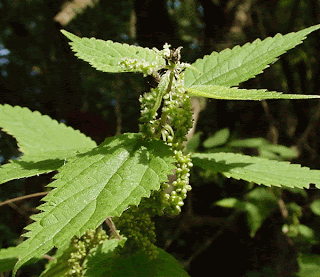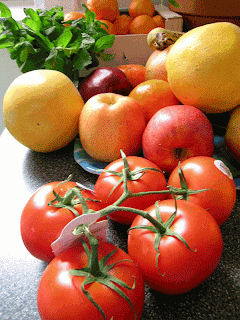
Just like wine, a number of factors affect the quality of an essential oil, including:
- Where the plant was grown.
- What part of the plant was used.
- How it was grown.
- What the climate was like.
- How it was harvested.
- When it was harvested.
- How it was produced.
- How it was stored following production.
1. Know your supplier. Start by developing a relationship with a supplier you can trust. Try to deal with suppliers either who distill their own material or who deal directly with reputable distillers. Suppliers usually will provide a small sample of the oil for you to check before purchasing larger quantities.
2. Use the Latin names. Order by the Latin name, and always check labels for the correct botanical name.
3. Perform your own tests. Make sure the oil is pure and not extended or diluted by using the organoleptic testing techniques we have learned so far. Educate your olfactory senses: Smell, taste, feel, and look at oils from many different samples and sources to gain experience.
4. Do not rely on price as an indicator of quality. Be aware that a higher price does not necessarily mean a higher quality. It is important to check all oils thoroughly regardless of the price. Note that a price that is very low comparatively may indicate that an oil is not as labeled, is diluted in a base oil, or is otherwise adulterated. Many expensive oils, such as rose and neroli, are sold diluted in a base oil such as sweet almond.
5. Gas chromatographs. Gas chromatography (GC), mass spectrometry (MS), and similar additive-revealing techniques can analyze oils. This can be particularly helpful when purchasing large quantities. However, chemical analysis does not always reveal the presence of adulterants and an experienced technician must carry out the analysis of the MS. In addition, a GC must be conducted for each batch, so the cost can be very prohibitive for small distillers. A GC is not always a guarantee of quality. One test does not replace another. It is best to use all available tests in combination.
6. Organoleptic testing is still the ultimate test. Build your experience. The very best way to gain experience and familiarity with pure essential oils is to sample as many pure oils and synthetic oils as possible and document the differences.













